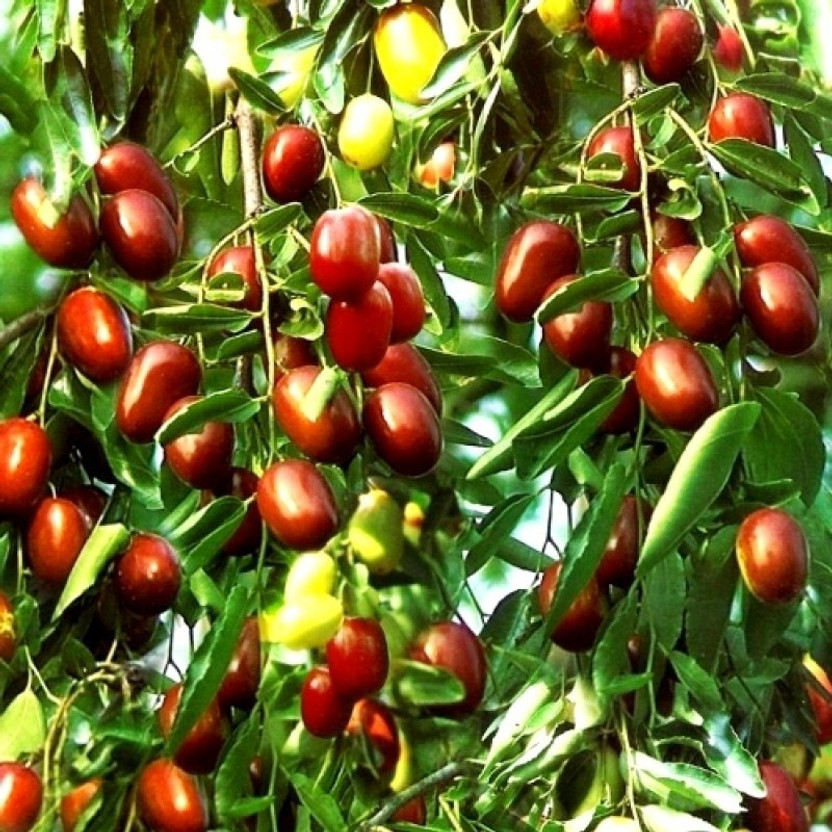

In 1980, 16 midseason selections from these were evaluated.
#Regi pandu tree skin#
The skin of most is smooth and greenish-yellow to yellow.Īt Haryana Agricultural University, a study was made of 70 cultivars collected from all jujube-growing areas of northern India and set out in an experimental orchard in 1967-68. Among the important cultivars, eleven are described in the encyclopaedic Wealth of India: 'Banarasi (or Banarsi) Pewandi', 'Dandan', 'Kaithli' ('Patham'), 'Muria Mahrara', 'Narikelee', 'Nazuk', 'Sanauri 1', 'Sanauri 5', 'Thornless' and 'Umran' ('Umri'). In India, there are 90 or more cultivars differing in the habit of the tree, leaf shape, fruit form, size, color, flavor, keeping quality, and fruiting season. They bore very light crops of fruit heavily infested with fruit flies and were therefore destroyed to protect other fruit trees. In 1939, 6 trees from Malaysia were introduced into Israel and flourished there.

In Barbados, Jamaica and Puerto Rico the tree is naturalized and forms thickets in uncultivated areas. Specimens are scattered about the drier parts of the West Indies, the Bahamas, Colombia and Venezuela, Guatemala, Belize, and southern Florida. It was introduced into Guam about 1850 but is not often planted there or in Hawaii except as an ornamental.


It is cultivated to some extent throughout its natural range but mostly in India where it is grown commercially and has received much horticultural attention and refinement despite the fact that it frequently escapes and becomes a pest. The Indian jujube is native from the Province of Yunnan in southern China to Afghanistan, Malaysia and Queensland, Australia. There is a single, hard, oval or oblate, rough central stone which contains 2 elliptic, brown seeds, 1/4 in (6 mm) long. At first the aroma is applelike and pleasant but it becomes peculiarly musky as the fruit ages. Fully ripe fruits are less crisp and somewhat mealy overripe fruits are wrinkled, the flesh buff-colored, soft, spongy and musky. When slightly underripe, the flesh is white, crisp, juicy, acid or subacid to sweet, somewhat astringent, much like that of a crabapple. The form may be oval, obovate, round or oblong the skin smooth or rough, glossy, thin but tough, turns from light-green to yellow, later becomes partially or wholly burnt-orange or red-brown or all-red. With sophisticated cultivation, the fruit reaches 2 1/2 in (6.25 cm) in length and 1 3/4 in (4.5 cm) in width. The fruit of wild trees is 1/2 to 1 in (1.25-2.5 cm) long. The 5-petalled flowers are yellow, tiny, in 2's or 3's in the leaf axils. On the upper surface, they are very glossy, dark-green, with 3 conspicuous, depressed, longitudinal veins, and there are very fine teeth on the margins. The leaves are alternate, ovate- or oblong-elliptic, 1 to 2 1/2 in (2.5-6.25 cm) long, 3/4 to 1 1/2 in (2-4 cm) wide distinguished from those of the Chinese jujube by the dense, silky, whitish or brownish hairs on the underside and the short, downy petioles. It may be evergreen, or leafless for several weeks in hot summers. It may be a bushy shrub 4 to 6 ft (1.2-1.8 m) high, or a tree 10 to 30 or even 40 ft (3-9 or 12 m) tall erect or wide-spreading, with gracefully drooping branches and downy, zigzag branchlets, thornless or set with short, sharp straight or hooked spines. The plant is a vigorous grower and has a rapidly-developing taproot. Plate XXXV: INDIAN JUJUBE, Zizyphus mauritiana In India it is most commonly known as ber, or bor. In the Philippines it is called manzana or manzanita ("apple" or "little apple") in Malaya, bedara in Indonesia and Surinam, widara in Thailand, phutsa or ma-tan in Cambodia, putrea in Vietnam, tao or tao nhuc. In Venezuela it is ponsigne or yuyubo in Puerto Rico, aprin or yuyubi in the Dominican Republic, perita haitiana in the French-speaking West Indies, pomme malcadi, pomme surette, petit pomme, liane croc chien, gingeolier or dindoulier. In Jamaica it may be called coolie plum or crabapple in Barbados, dunk or mangustine in Trinidad and Tropical Africa, dunks in Queensland, Chinee apple. Other English names are Indian Plum, Indian cherry and Malay jujube. It is often called merely jujube, or Chinese date, which leads to confusion with the hardier species. While the better-known, smooth-leaved Chinese jujube (Ziziphus jujuba Mill.) of the family Rhamnaceae, is of ancient culture in northern China and is widely grown in mild-temperate, rather dry areas, of both hemispheres, the Indian jujube, Z. Indian Jujube Index | Search | Home | Morton


 0 kommentar(er)
0 kommentar(er)
